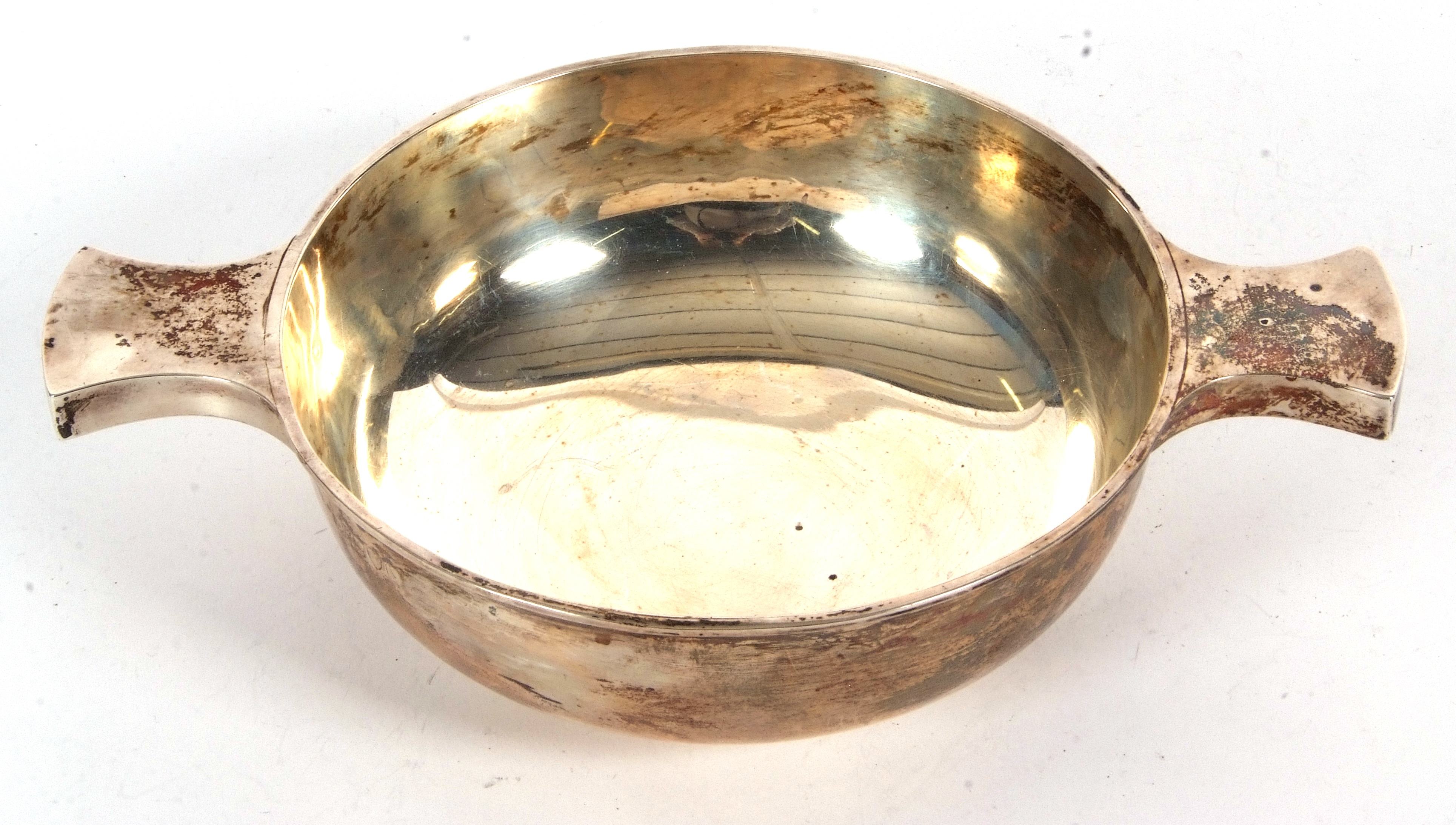

11/05/2024 General News
There are those who say that when it comes to items made from gold and silver, their value in the saleroom is dictated by the fact that they are made of precious metal, rather than their appeal to collectors, writes Nigel Ducker.
It is certainly true that at times of global uncertainty (such as we are living through right now), people do tend to divert their money into ‘safe’ investments like gold and silver. But when it comes to appraising items headed for the saleroom, those who take that view are at risk of significantly undervaluing those pieces - because for many collectors, the price they are prepared to pay far outstrips the items’ intrinsic metal value.
The price of gold is much more volatile than that of silver. Its value tends to shoot up at times of crisis, and come down equally precipitously when the world judges that life has become more stable. Silver does follow that trajectory to an extent, but the effect is not so immediate, and tends to be much more muted.
Nevertheless, silver currently is trading as a commodity in the region of £700 a kilo, close to the highest price it has commanded since the height of the financial crash in 2009/10. Even so, the best silver pieces can still make several times their intrinsic value at auction.
A key factor that collectors will take into account is the skill of the silversmith. Across the centuries, various makers have reached revered status, and their works are highly sought after in the saleroom.
One of the earliest was Paul de Lamerie (1688-1751), described by the Victoria and Albert Museum as ‘the greatest silversmith working in the 18th century’. In his lifetime he was known as ‘The King’s Silversmith’, and other customers included Russian tsarinas, King John V of Portugal and even Norfolk’s own Sir Robert Walpole.
The 19th century saw the rise of Paul Storr (1770-1844), who worked in both gold and silver. His pieces adorned (and still adorn) royal palaces throughout Europe. One of his most famous works was an ornate silver cup made for Lord Nelson to celebrate his victory at the Battle of the Nile. Last year a four piece tea and coffee set by Storr sold at Keys for £3,000.
Two British silversmiths who lived into the 20th century were Omar Ramsden (1873-1939) and Archibald Knox (1864-1933). Both embraced the Arts & Crafts design movement, with Knox progressing through the Celtic Revival to Art Nouveau, producing more than 400 designs for Liberty of London.
Whilst works by the great silversmiths may be relatively easy to pick out, other collectable silver items require a deeper knowledge of what makes collectors tick.
We have a good example of this in our Silver and Watches Sale later this month. Many people would miss the fact that the set of six spoons is even made from silver, because the obscure hallmark is not from one of the traditional silver centres such as London, Birmingham or Edinburgh – these spoons were made in Paisley, around 1810.
Collecting silver spoons is a surprisingly widespread interest, and those from rarer origins will always attract interest. The intrinsic value of the metal in this lot is less than £100; we have put a very conservative estimate of £150-£200 on the set, but given the interest already shown, they could sell for a lot more
A second example from our May Sale is a Scottish quaich, often referred to as a ‘two-handled loving cup’, as newly-weds would share their first drink as a married couple from the same cup. This example is very large indeed – around 18cm in diameter, so that loving sip would be more than a wee dram! Because of its size and rarity, its pre-sale estimate is £150-£200; way above its intrinsic metal value, but still a bargain when you consider that it’s not uncommon to see pieces like this retailing for £800 or more.
It's easy to weigh a piece of silver and find its basic metal value; spotting those pieces whose origins and rarity will elevate their prices way beyond this intrinsic value is where genuine expertise and experience are required.
Keys next Silver and Watches Sale takes place on Wednesday 22nd May at their Aylsham salerooms and live on Keys’ online bidding platform KeysLive. For more details visit www.keysauctions.co.uk.